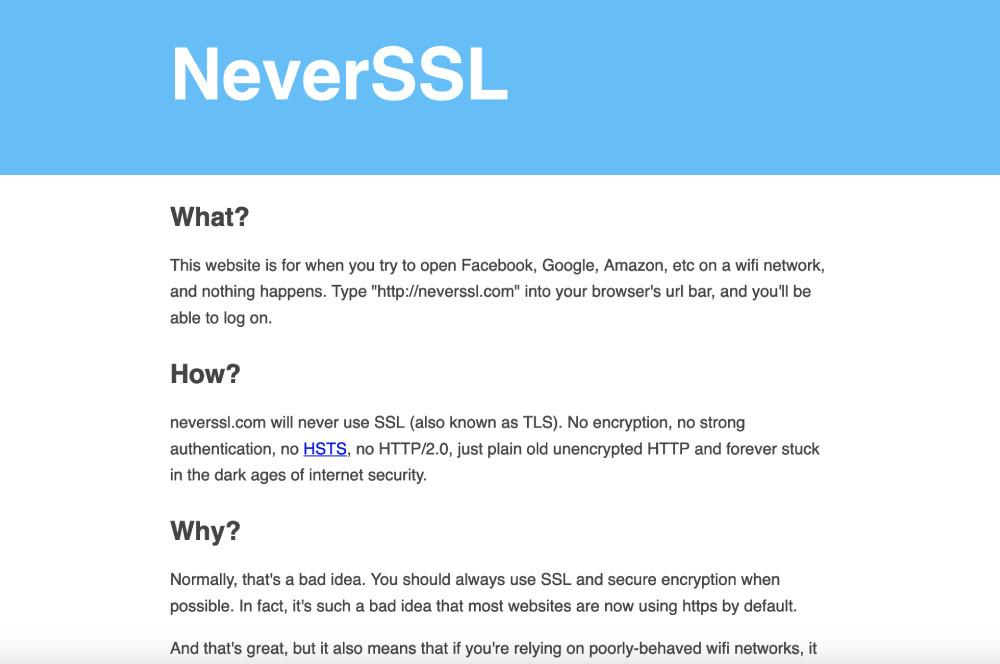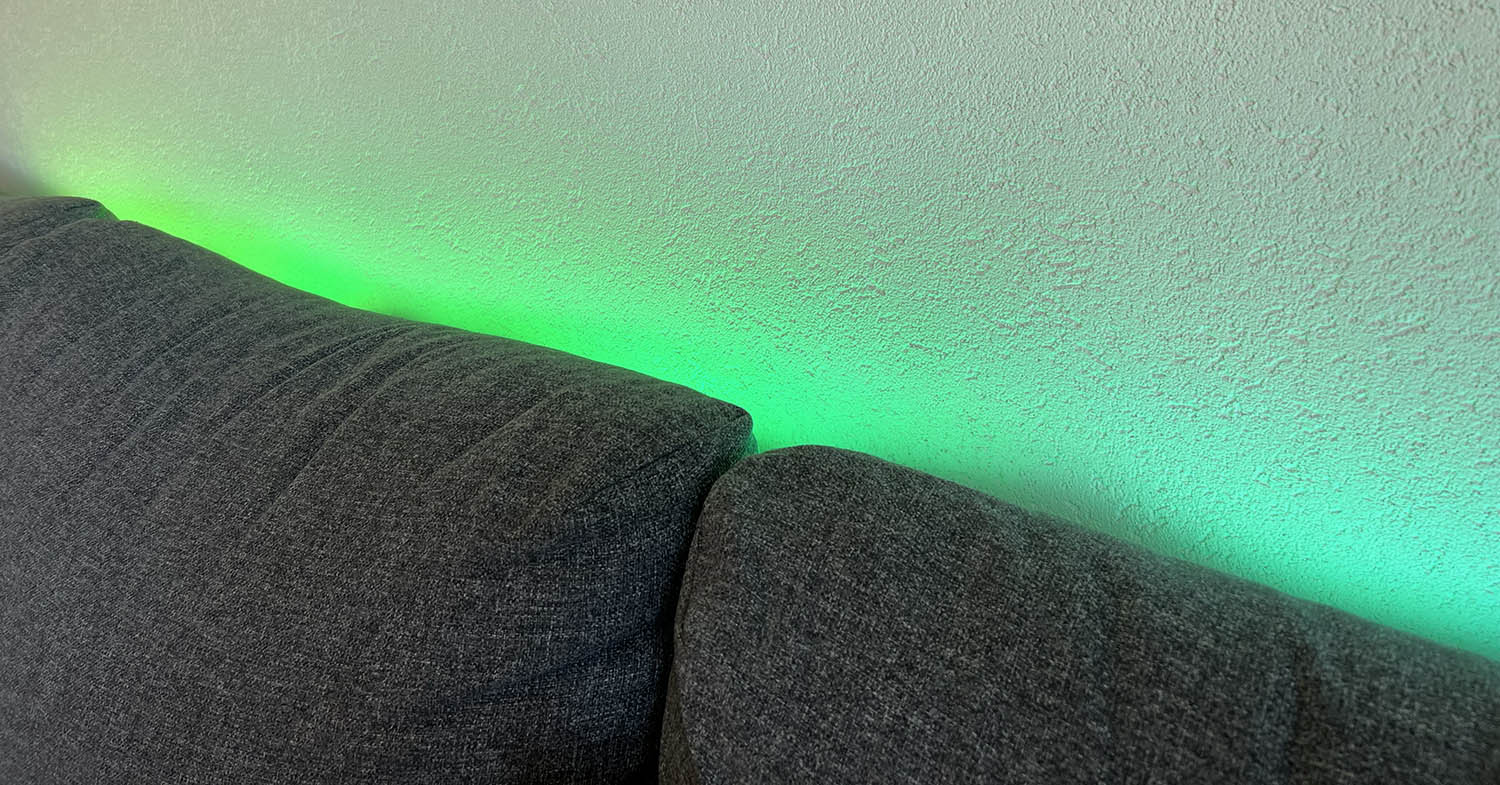A simple trick with your browser can solve one of the biggest difficulties that usually comes with connecting to a WiFi point in a public place.
Sometimes it is quite complicated to use public WiFi networks that we can find in shopping centers, cafes, hotels or airports. The smartphone connects but there is still no Internet, and no pop-up window appears with which to log in.
It is important that this window appears when connecting, since in most of these public networks the user is required to enter their data, such as telephone number or username, and accept certain terms in order to use the network. You can also ask us for payment in case the public network is not free (as can happen on airplanes). If we cannot log in, we will not be able to use the WiFi regardless of whether the signal is strong and reaches the mobile perfectly.
Therefore, knowing that it is essential that the pop-up window appears on both a computer and a mobile or tablet, we can take into account the following trick to force the login portal to appear.
Use a grabber to force public WiFi networks
It is a web tool developed to force a public WiFi to show the registration portal on the screen of our device even when the automatic deployment of this website does not work. There are several, but one of the latest to arrive is called Neverssl, and by accessing its website http://neverssl.com From the device we are trying to connect, the website will make it easier for the entry portal to the network to appear.
It achieves this through an unsecured network protocol. Neverssl does not use HTTPS nor SSL, a protocol that guarantees data encryption between client and server. Normally, all well-known websites use these protocols to avoid infiltration by hackers. But, in this case, connecting to one of these insecure (but responsibly managed) networks allows the login page to appear by avoiding the security barrier that SSL represents. You can track the creator of this website on X (@NeverSSL) in case there are any changes to your website.

The website explains all this as follows: “Secure browsers and websites that use https make it impossible for those Wi-Fi networks to send you to a login or payment page. Basically, those networks can’t access your connection just like attackers can’t. “Modern browsers are so good that they can remember when a website supports encryption and even if you type the name of the website, they will use https,” says NeverSSL.
To be able to use it whenever you need it and don’t forget, you can add it to favorites in your browser and access it again when you find yourself in the same situation.
Another option is to try the HTTP Forever website (http://httpforever.com/) which should work in the same way, redirecting us to the login website. In addition to these websites designed for this specific function, you can also try entering one of the following codes in the search bar of your browser. These addresses should call the router’s default page, which in turn should force the login portal. Are [http://localhost, 4.4.4.4], [127.1.1.1] either [192.168.1.1].
Remember to be very cautious whenever you use a public WiFi network, where your data could be at risk if a hacker has interfered with the connection.













